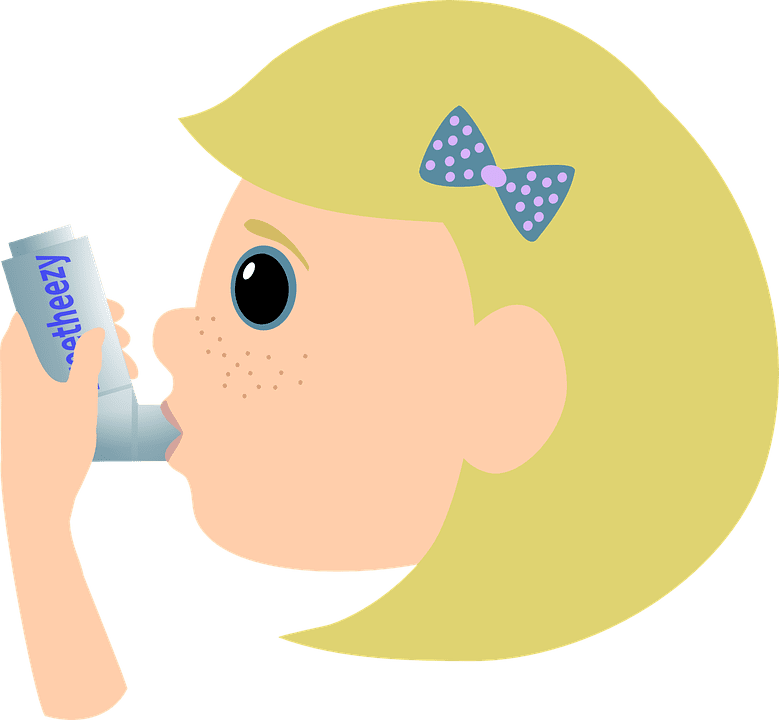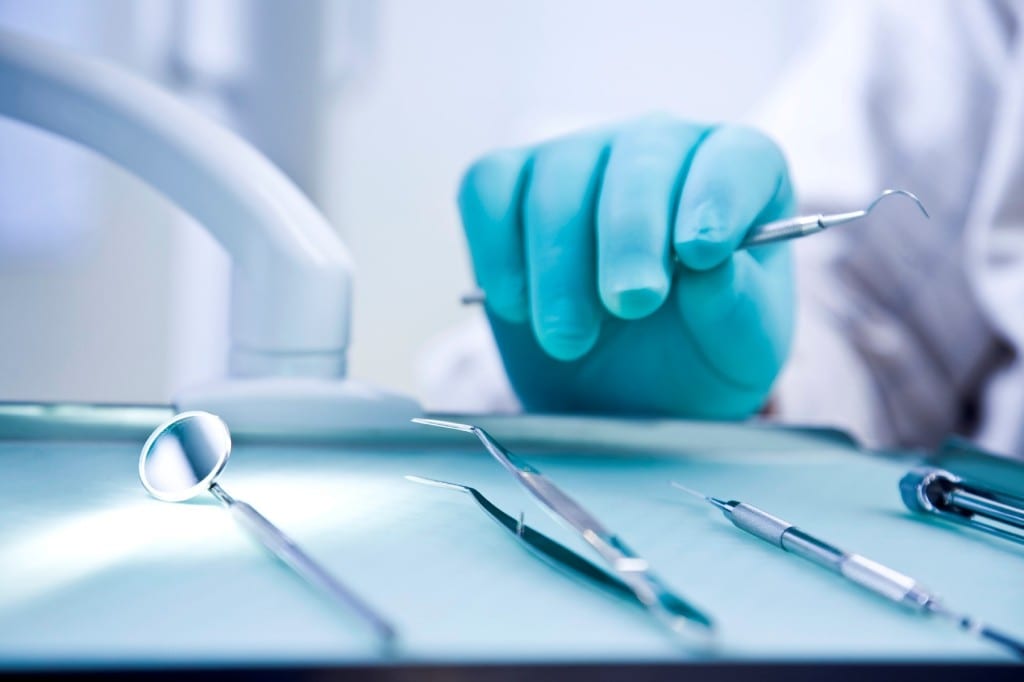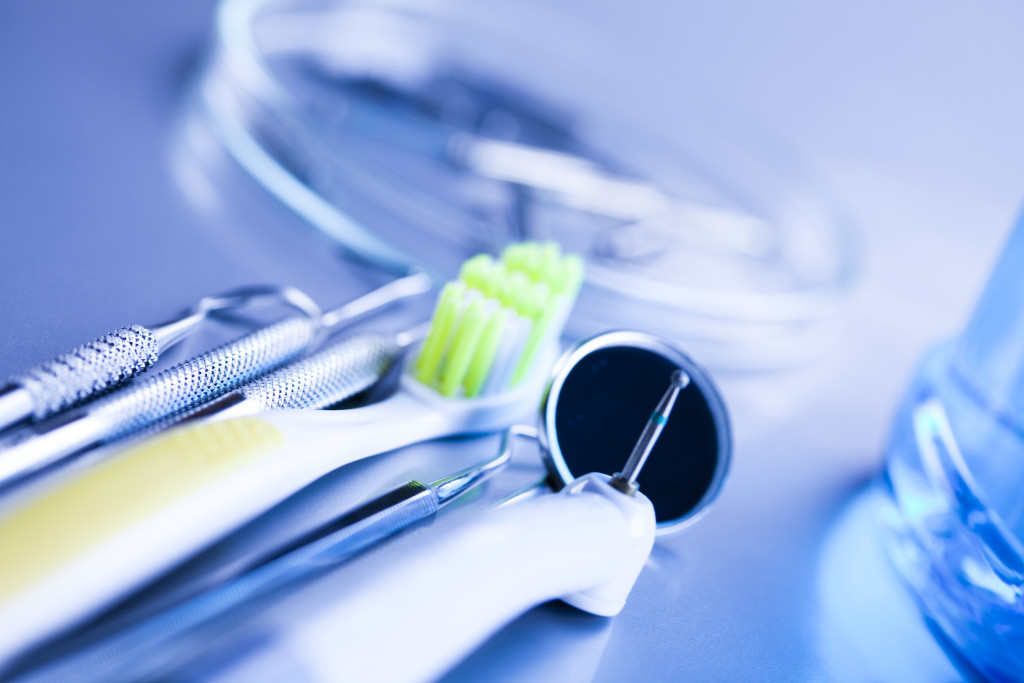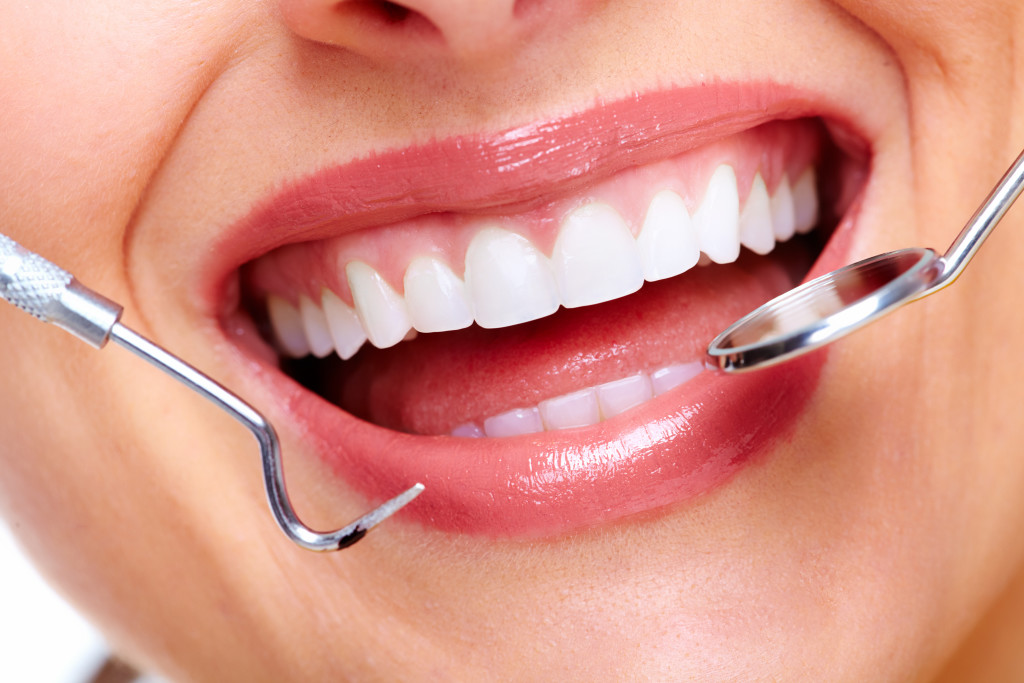 In the body, everything is interconnected. And any disease of internal organs is reflected in the oral cavity and teeth. Children are a special group of patients in whom these manifestations are more pronounced and the consequences provoked by the underlying disease have an aggressive course. One of the most striking examples of the negative impact on the teeth in children is bronchial asthma, and this effect can be reciprocal.
In the body, everything is interconnected. And any disease of internal organs is reflected in the oral cavity and teeth. Children are a special group of patients in whom these manifestations are more pronounced and the consequences provoked by the underlying disease have an aggressive course. One of the most striking examples of the negative impact on the teeth in children is bronchial asthma, and this effect can be reciprocal.
Today, bronchial asthma is a problem for doctors and patients from many countries around the world. And the number of patients with the diagnosis is increasing year by year. In addition, there is an increase in the number of complications, cases of severe course.
Bronchial asthma and its effect on the teeth in children
In children diagnosed with bronchial asthma, the barrier properties of the mucous membrane in the mouth decrease, which explains the wide spread of dental and periodontal diseases. There are also reliable data showing the presence of disorders in the immunity system in children diagnosed, which only simplifies the negative impact of pathogenic flora on dental status.
Parents should understand that children are unique patients, their anatomical and physiological characteristics facilitate the development of caries. This can be explained by a finer enamel, which continues the process of its mineralization to about 12-18 years (depending on the tooth), therefore, the enamel is less resistant to the action of bacteria that cause caries. Oils in the fire poured and the effect on the immunity of the underlying disease. It turns out that children are almost doomed. Indeed, the analysis of oral diseases in children with a diagnosis is simply amazing: in addition to the multiple form of caries, a persistent inflammation of the gums and rapid transition to complications are recorded.
Dentists note that the effect on the state of the oral cavity in children is not only the disease itself, but also the medications used in the treatment.
What drugs are prescribed for children
As the asthma attack itself, and a relatively calm period of the disease requires the appointment of medications, in particular glucocorticosteroids. With their appointment, in addition to a positive therapeutic effect, these drugs contribute to reducing the natural protective barrier of the mucous membrane and impairing the function of immunity.
Despite the fact that the study of the drug effect on the dental status of children engaged in a lot of authors for a long time, while there is no accurate and reliable data on what effect hormonal drugs have on the mucous membrane and teeth in children.
The purpose of multiple studies was not only to study the results of the therapy, but also to predict and find ways to prevent negative consequences and prevent complications.
Study of dental status
In a study conducted by scientists, more than 40 children with bronchial asthma of varying severity were examined. All patients underwent a thorough and comprehensive study of the underlying disease and assessment of the dental status followed by the completion of an individual card.
Dentists were interested in the following indicators:
- general examination: determination of the type of breathing, existing bite pathology, etc .;
- the prevalence of caries in dental indices: the teeth in children were carefully inspected, means were used to diagnose latent caries or its initial forms;
- assessment of the quality of oral hygiene – was determined with the help of hygiene indices;
- degree of bleeding gums;
- resistance of enamel to cariogenic bacteria;
- determination of pH of mixed saliva;
- study of the composition of the microflora of the oral cavity.
The data obtained were carefully analyzed, and a verdict was passed for each item.
Analysis of the data showed a high prevalence of caries and its complications: on average, 5-8 carious teeth were found in each child, which indicates a flourishing form of caries. With bronchial asthma, there is a rapid formation of plaque, largely due to the formation of xerostomia (dry mouth). Despite the selection of means and items of hygiene, training in proper dental cleaning of children and control by parents, hygiene rates were low.
One of the frequent complaints in the dentist’s chair in children with bronchial asthma is persistent candidiasis stomatitis. In many respects such a course is promoted by the increased acidity of the pH of the oral cavity, which averaged 7.19. A critical pH value of 6.7 is known, at which a flourishing form of caries is formed.
Conclusions
The obtained results reliably prove the risks for dental status in children with bronchial asthma and its treatment. In accordance with this, the need arose to find an effective complex of therapeutic and prophylactic measures.
Dentists formulated general recommendations:
- professional cleaning of teeth: removal of dental deposits, cleaning of teeth with professional pastes – every 2-3 months;
- tooth saturation in children with minerals: a complex of calcium, phosphorus and fluorine;
- carrying out the procedure of controlled tooth cleaning: cleaning the teeth in the dentist’s office, monitoring its quality with the use of tablets staining the plaque – thus, the child and parents themselves see how well the cleaning was carried out. After the dentist shows how to properly brush your teeth on a large model. To fix the quality of the results, parents are connected to the learning process.
Drawing up a plan for therapeutic and prophylactic measures includes an individual selection of inhaled hormonal drugs with a control of its dose by an allergist and a pulmonologist.
All of the above activities can not only reduce the risks to the child’s dental health, but also improve the quality of life of young patients.
Image credit: OpenClipart-Vectors






